At first glance, Winston-Salem presents itself through the lens of its storied past, with roots deeply embedded in the tobacco and textile industries that once defined its economic landscape. However, a closer look reveals a city in transformation, one that has pivoted towards technology, healthcare, and education without losing sight of the heritage that shapes its character.
This balance between honoring its history and embracing the future makes Winston-Salem a living mosaic of old-world charm and contemporary dynamism.











